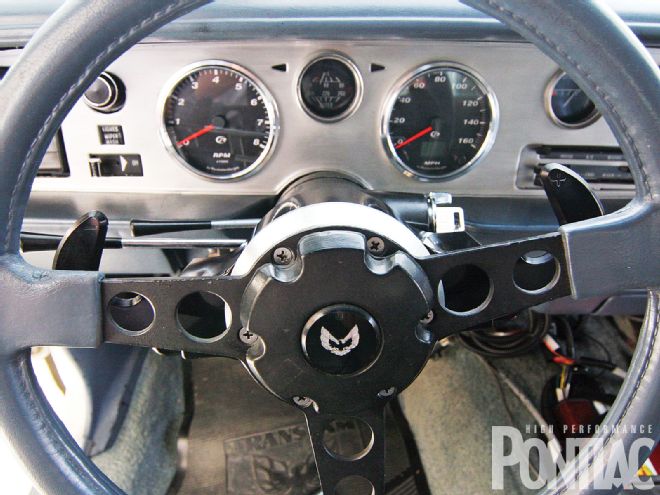
Second-Gen Trans Ams are known for their sharp looks, as well as sharp handling characteristics for their era. This makes them a natural for a Pro-Touring application.
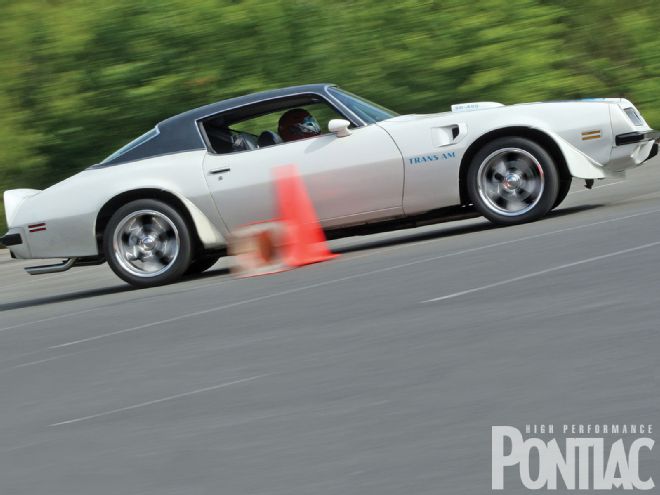
While there is no clearly defined explanation of Pro-Touring, most agree that it entails taking a vintage car, usually a musclecar, and upgrading it with modern components to drive with the best of modern sports cars.For those preferring a slush-box transmission, this means an upgrade to an electronically controlled overdrive. Since these modern automatics are computer controlled, it opens the door to another possibility: manumatic shifting. Depending on the manufacturer, this can carry many labels, including Tiptronic, Geartronic, Touchshift, or Sporttronic.
Regardless of what it's called, the principle remains the same. This style of automatic transmission does not rely on a vacuum signal or a governor to determine shift points. It does it via a variety of sensor inputs. In the case of our 4L80E, they are the throttle position sensor (TPS), the RPM sensor, the transmission input speed sensor (TISS), and transmission output speed sensor (TOSS). Those parameters feed information to the transmission control unit (TCU), where tables within the software tell the transmission when to shift.
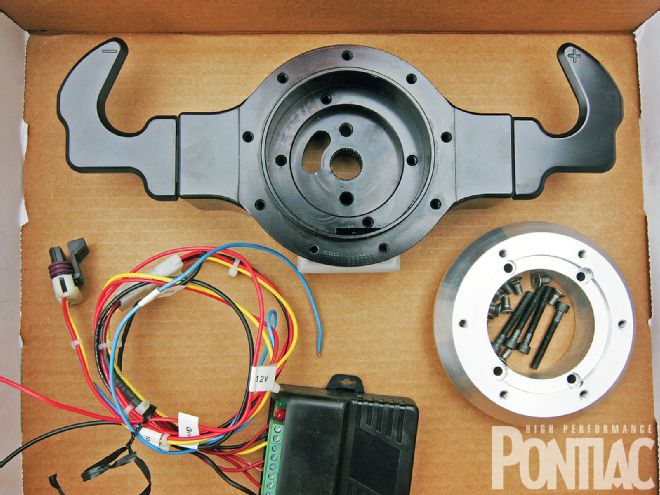 The setup is amazingly simple. The paddles are machined to fit the stock Second Generation Firebird steering column. A steering-wheel adapter is mounted to that. The receiver is mounted in a location of your choosing where you have access to power, ground, and an exposed antenna for the signal from the paddles.
The setup is amazingly simple. The paddles are machined to fit the stock Second Generation Firebird steering column. A steering-wheel adapter is mounted to that. The receiver is mounted in a location of your choosing where you have access to power, ground, and an exposed antenna for the signal from the paddles.
But how does it physically accomplish the shift? It does it via two electronic solenoids within the valvebody of the transmission. So couldn't a fellow figure out a way to manually send those shift commands to the solenoids? That was exactly what the factory did with the manumatic systems mentioned above. But how can you use the manual system when you are retrofitting to an older car like the one featured here?
Enter Steve Chryssos of Twist Machine in Ormond Beach, Florida. Steve was thinking along the same lines in 2000 when he and car buddy Frank Cerasuola were rebuilding his First-Gen Camaro. He decided it was time to try out the new transmission technology and elected to install a 4L60E with an aftermarket controller.
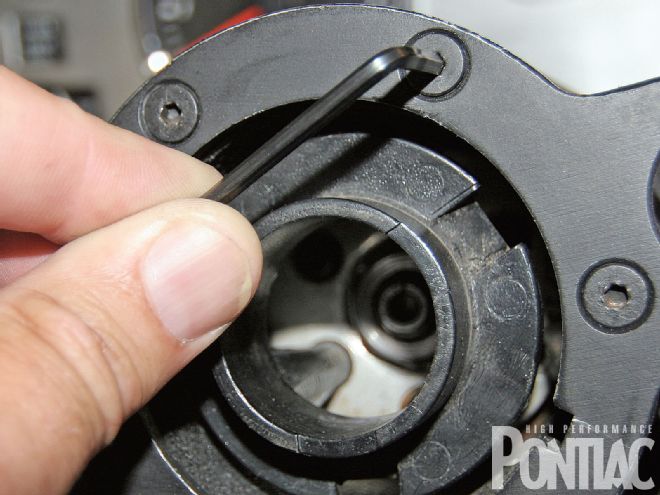 The first step is to pop off the horn button and find the appropriate Allen wrench to remove the steering wheel.
The first step is to pop off the horn button and find the appropriate Allen wrench to remove the steering wheel.
Initially they had no intentions of doing manual shifting. The technology was so new that even the supplier of the TCU didn't understand all the capabilities of the system. When everything was hooked up, they had one three-wire connector left over, labeled "manual." The supplier of the TCU didn't know what to do with it, so being car guys, Steve and Frank cut off the connector and started investigating.
They soon discovered that the wiring could be used with micro switches to manually control the activation of the shift solenoids. In short order Steve drilled holes in his new steering wheel and installed two trans brake buttons, complete with coiled wires running back to the TCU.
"We were just a couple of hot rodders who figured it out on our own," Steve said. "We had a lot of questions regarding how it worked, such as what happens when you go from auto to manual mode at 60 miles per hour, or what if you accidentally downshift to first gear at 100 miles per hour. There were some scary moments when we hit the buttons for the first time in those situations."
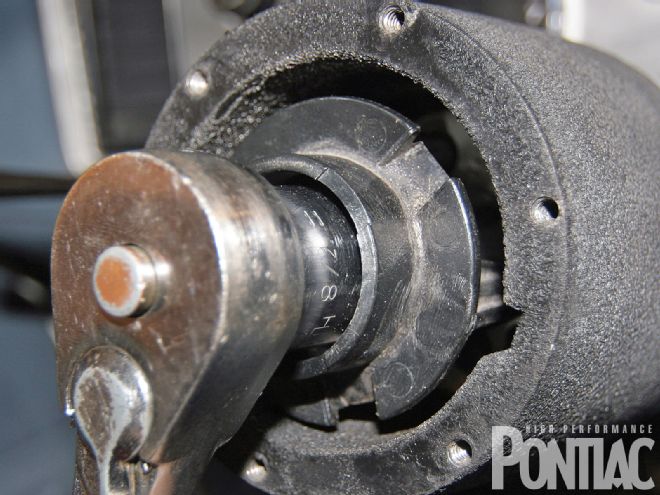 Remove the 7/8-inch nut that retains the horn assembly, along with the collar where steering wheel mounts.
Remove the 7/8-inch nut that retains the horn assembly, along with the collar where steering wheel mounts.
These early experiments led the guys to partner up and create their first version of the Shrifter paddle shifter, the first aftermarket paddle shifter for classic cars. Since then, the two have formed Twist Machine and refined the package to create a plug-and-play installation for many applications-except the Second-Gen Trans Am, so when we contacted them regarding a setup for our T/A, Steve jumped at the chance.
After being supplied with a stock steering-wheel hub and steering wheel, Steve got to work. A few weeks later, the prototype you see in this article was delivered. So join us as we install the first Shrifter paddle-shifter setup for a Trans Am!